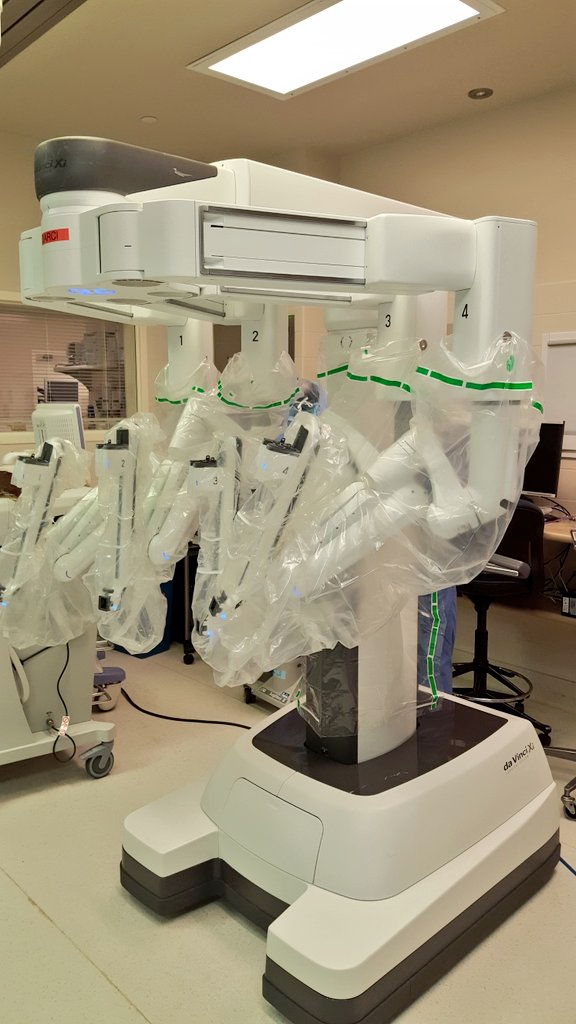About the Transplant Robotics Team
University of Utah Health's Division of Transplantation & Advanced Hepatobiliary Surgery has three transplant surgeons, who work closely with medical specialists, nurses, pharmacists, and social workers to provide excellent care. The transplant surgeons perform adult liver, kidney, and pancreas transplants at the University of Utah Hospital and pediatric liver and kidney transplants at Primary Children's Hospital.
 Robotic (Computer Assisted) Surgery
Robotic (Computer Assisted) Surgery
There are several advantages to robotic surgery, including:
- minimally invasive techniques,
- often reduced recovery time and shortened length of hospital stay,
- smaller incisions/less scarring.
Surgeons use 3D, 10–40x magnification to facilitate fine surgery. The tiny instruments rotate 270 degrees in all directions, whereas the human hand can only achieve about a 45 degree bend. This incredible precision means a minimally-invasive surgery.
Recovery requires just one or two days in the hospital and the patient will be able to return to normal life in about two weeks. In a standard open surgery, this recovery time would be 12 weeks.
Videos
*Content Warning: The following videos depict medical procedures that are graphic in nature and may be disturbing to some viewers.
The first robotic (computer assisted) surgery for liver cancer in the Mountain West was performed at the Huntsman Cancer Institute on February 22, 2019.












